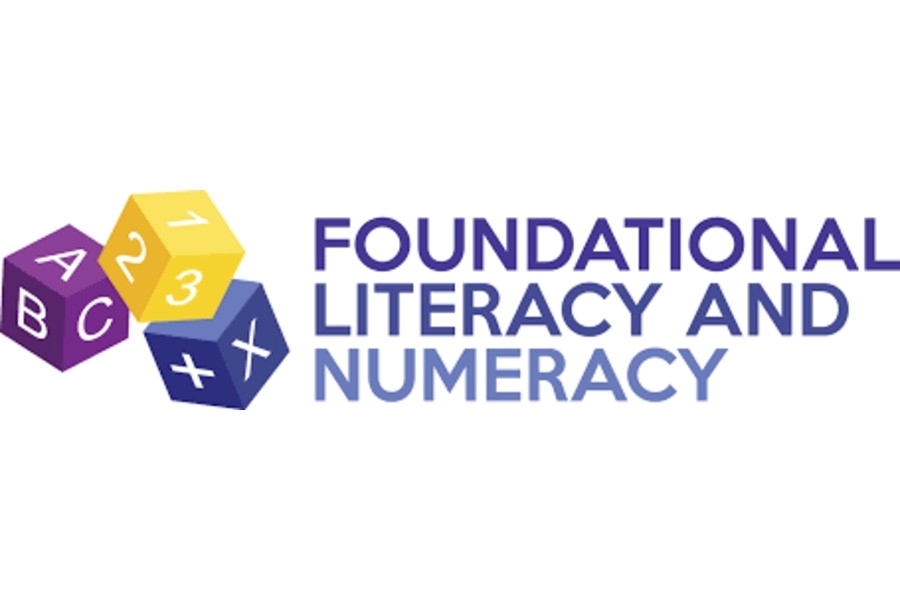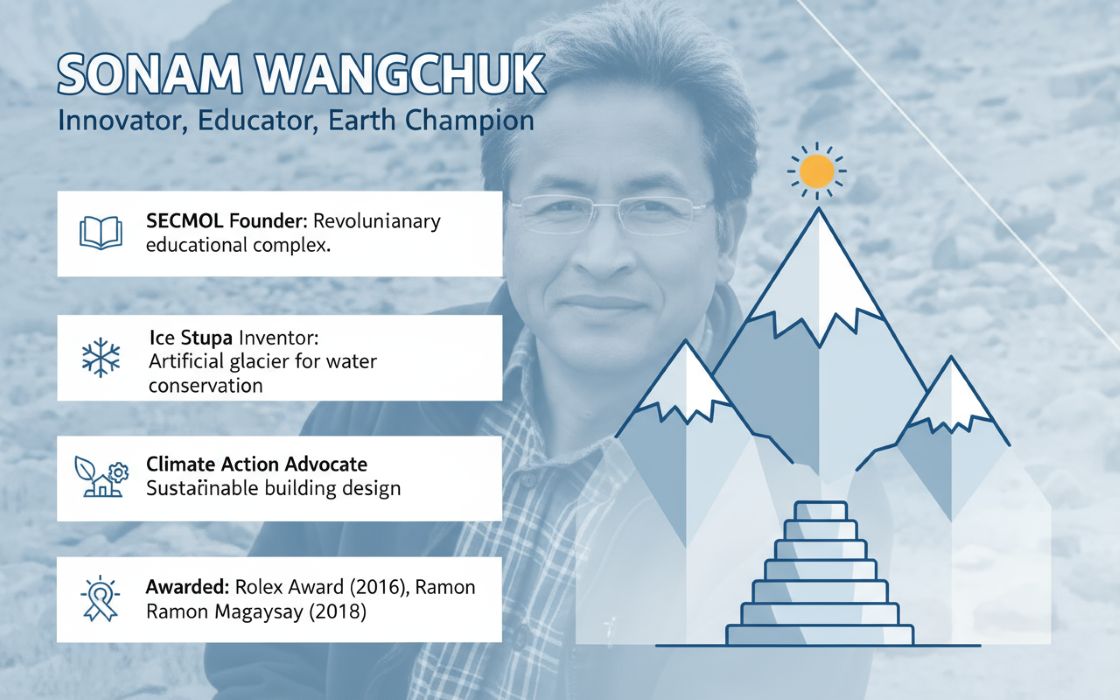In recent years, India has witnessed a paradigm shift in how emotional wellbeing is perceived and practiced. As conversations around mental health become more open and nuanced, a new language of healing is emerging, one that transcends words and taps into the universal essence of human emotion.
At the forefront of this evolution stands Bhaktiveda Dhaul Taragi, Founder of Praanah, whose pioneering work in Expressive Arts Therapy bridges creativity, movement, and mindfulness to foster emotional transformation. In this conversation, Bhaktiveda explores how Praanah has become a conduit between emotion, expression, and healing, from corporate boardrooms seeking empathy-driven leadership to children and patients rediscovering resilience through art. She reflects on India’s shifting cultural mindset toward mental health, the power of non-verbal communication in building connection, and her vision of a future where creativity and compassion form the foundation of holistic wellbeing.
Scroll down to read the full interview:
Q. Praanah began as a bridge between emotion, expression, and healing. How do you define the core philosophy that drives your work in using art as a tool for emotional wellbeing?
A. I’ve always believed that “human emotions” are universal. No matter which part of the world one might be and what language you speak you will always be able to empathise and understand what someone is going through if they are crying or laughing despite not knowing a common verbal language to communicate with. Human beings essentially have the same common emotions that are identifiable all across the planet. This made me find a bridge between the idea of emotion, expression and healing. I also realized that the experience of witnessing and creating the arts in all forms is also therapeutic and universal. Music can transcend all boundaries and so can dance, visual art and all of the artistic modalities as the essence of the arts - speak to the language of the soul.
Q. In a world where therapy often relies on conversation, what drew you to the language of movement, sound, and creativity as a medium for transformation?
A. We are constantly driven by our cognition and our perception of the world through the mind’s analysis forgetting that our bodies are also connected to our thoughts. Creativity in essence can tap into deeper parts of the self that are not easy to express through words. I have begun to understand that when you create without judgement and influence you are playing with the flow of a sacred unfiltered emotional charge. When this sacred energy has the arts to land on- it emerges into an image or a form that not only resonates deeply but also promotes clarity and reasoning that is beyond our mental capacities. Pure subconscious expression expresses our deeper truths and our truest essence. It is hard to explain but it is our truest and best guide to get in touch with ourselves.
Q. Expressive Arts Therapy is still relatively new in India. What kind of mindset shifts have you observed among individuals and corporates who experience this form of healing for the first time?
A. Mental health was something that was put down in our culture and never talked about, but now more Indians are approaching the idea of therapy as our culture in itself is becoming more nuclear and independent. The need for that connection is increasing as the joint familial setup has changed and also people are becoming more confident to voice and address their emotional needs. The idea of therapy has become more popular now in India as we are emulating everything from the West. The corporate houses are living in high levels of uncertainty and pressure. The employees are mostly in burn out mode and overworked and the need for stress release and holistic programs are imperative to maintain the health and well being of the employees. When they engage in such programs they increase their Emotional Intelligence Quotient and are able to balance their lives in a more efficient manner. On a planetary level there is a big shift in human consciousness. People are soul searching, questioning a lot of things, seeking answers and changing belief systems. People are getting into more holistic practices for better health and are choosing to do something that is more meaningful and soulful and also what’s new and different is always in!
Q. Your work spans diverse groups from cancer patients to corporate teams to children with ADHD. How does Praanah adapt its sessions to cater to such distinct emotional and psychological landscapes?
A. The beauty of the work with Expressive Arts is that it meets the client where they are at and can be adapted to meet the individual needs of the client irrespective of neuro divergence or physical limitations and belief systems. Essentially it is important to understand the context, objective and goals of a session and that in itself helps to curate what the group needs.
Q. Bhaktiveda Dhaul Taragi’s research demonstrated that the arts transcend culture and context, from children with HIV in India to kindergartners in North America. What have been some of the most profound cross-cultural insights or outcomes from Praanah’s journey so far?
A. Praanah has involved now from using Expressive Arts as a foundation to now integrating the Expressive Art Therapy work with Breathwork and Sound to make the experience more transformational. We have worked with people from numerous countries and nationalities and it works for everyone. I have witnessed people releasing deep rooted traumas, find closure, gain clarity, have emotional cathartic releases and also made group bonds and tight friendships.
Q. Could you share any quantifiable outcomes or feedback, for instance, improvements in emotional regulation, stress reduction, or team cohesion, that have emerged from your workshops or retreats?
A. I recently did a program for a corporate group where our objective was stress reduction and we saw a complete shift in the mind sets and the body language of the employees. Their personalities and confidence rose to another level where two of them have even started another job and source of income after the program. The workshop is curated in such a way where working with colleagues like this for the first time they are perceived as humans first besides the roles that they play as employees or employers. The team had a lot more compassion towards each other which really helped the team to bond deeply as humans first and then as colleagues.
Q. In your corporate sessions where executives engage in rhythm, dance, and creative expression, what changes have you observed in team dynamics, empathy, or leadership styles post-intervention?
A. Non verbal communication changes the way people connect with each other. The programs I have done on creative leadership make the leaders understand the role of their ability to respond to their team and not react and that is the learned “responsibility”. Individuals recognise their strength and resilience through this activity and also deepen the empathetic response to themselves and to their colleagues.
Q. With the Expressive Arts Certificate Program now underway, how do you envision Praanah shaping the future of mental health education and practice in India?
A. I envision the future of Mental Health to be more holistic and inclusive of a combination of verbal therapy through language, non verbal therapy through the Expressive arts , Breathing techniques for energetic release and Somatic/ Body work to let go of stored emotions. We need to stop thinking of the mind and the body as two separate entities and look at well being from all aspects. The root cause of disease has many aspects to it and we need to explore different ways to also eradicate any traces of it.
Q. Integrating expressive arts into mainstream therapy requires structural support. How does Praanah plan to collaborate with educational institutions, mental health bodies, or CSR partners to expand its reach?
A. Praanah is open to collaborations with educational institutions so that students have more diverse experiences in their learning and curriculum whether in the field of Mental Health Counselling or any other. Alternatively for any academic institutions doing workshops for teachers to expand their mental framework and develop their personality is also something that we can curate. Praanah is also open to Consultancy opportunities to create Dynamic Work Cultures and create CSR programs.
We have also been planning possible tie ups for Diploma programs and even a Masters Degree is on the cards. We are open to offering training programs for mental health bodies so that trained therapists and social workers are also geared up to incorporate arts based interventions in their work spaces. Praanah has also designed a three month Employee Development Program for corporates that will help in creating a happier and balanced workplace. This includes team building, personality development,goal setting and creative leadership all led by Expressive Arts.
Q. Looking ahead, how do you see Praanah contributing to a larger social change where creativity and compassion are recognized as integral to mental health and community wellbeing?
A. I want Praaah to grow and empower many new practitioners in the field to be able to be in service of well being and transformation. I am empowering my students to be able facilitators so that they can make an impact and a serious difference to those in need. For example working in geriatric homes or in hospitals and even in educational institutions and social work. We are planning on opening a center soon to promote various modalities for healing, transformation and holistic education as well.

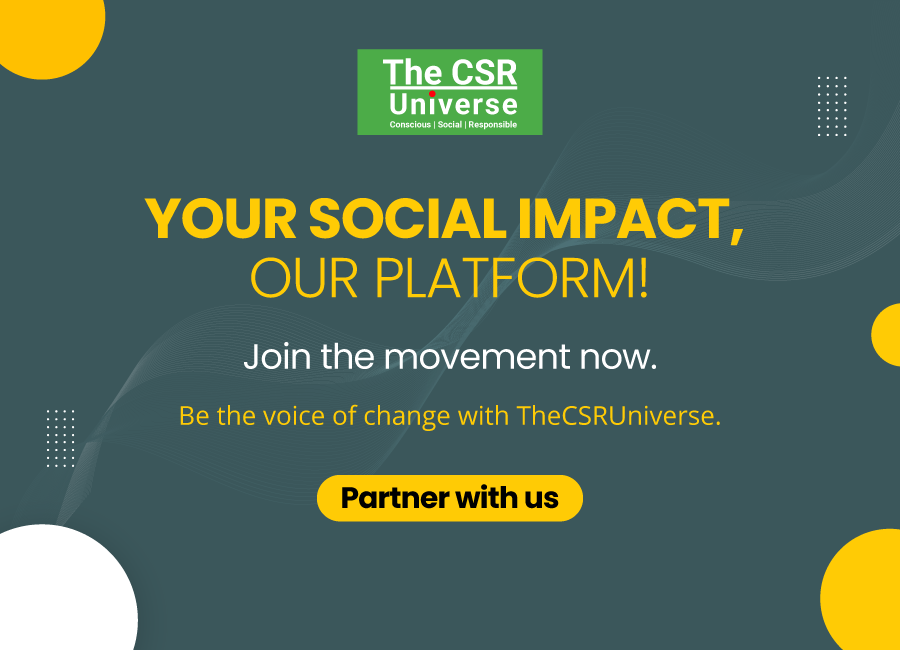

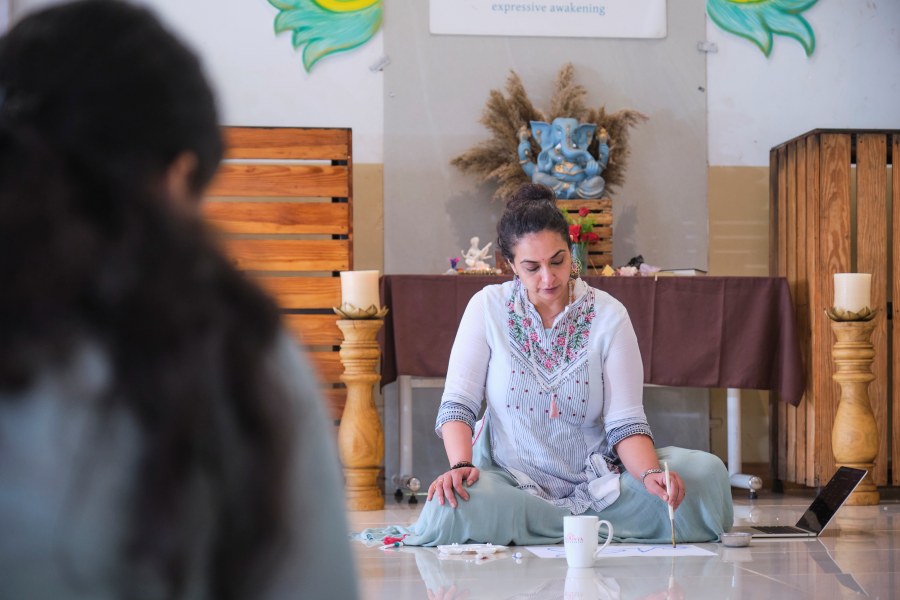
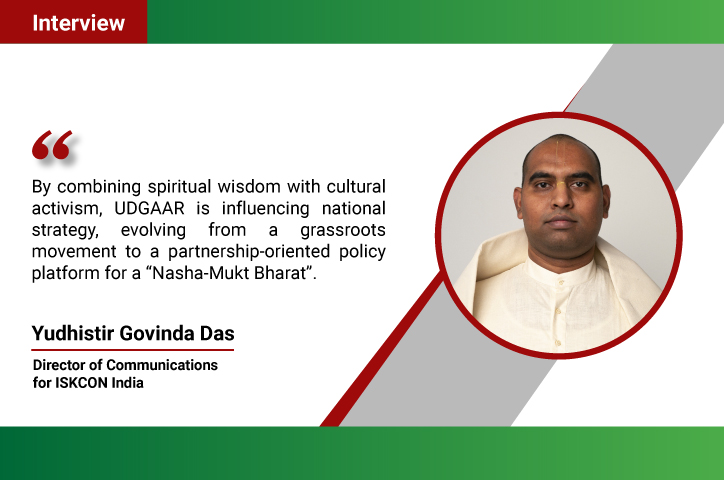

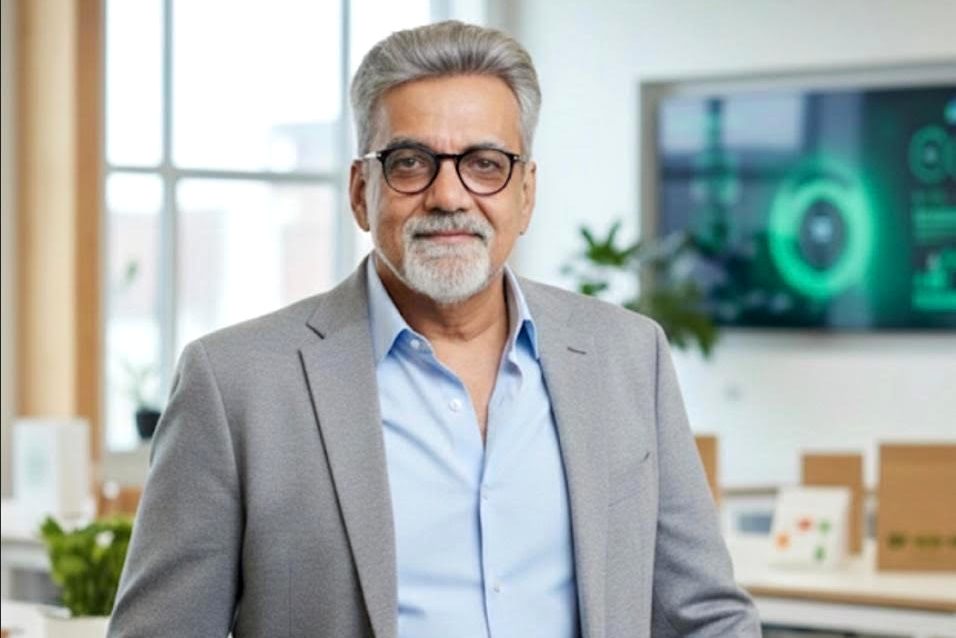

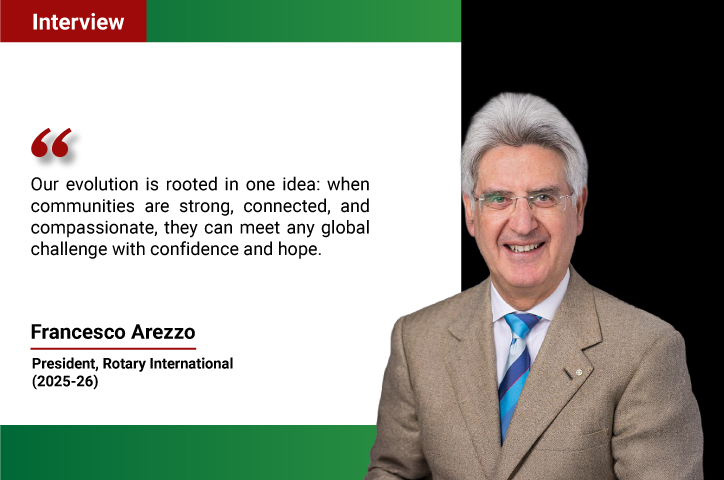
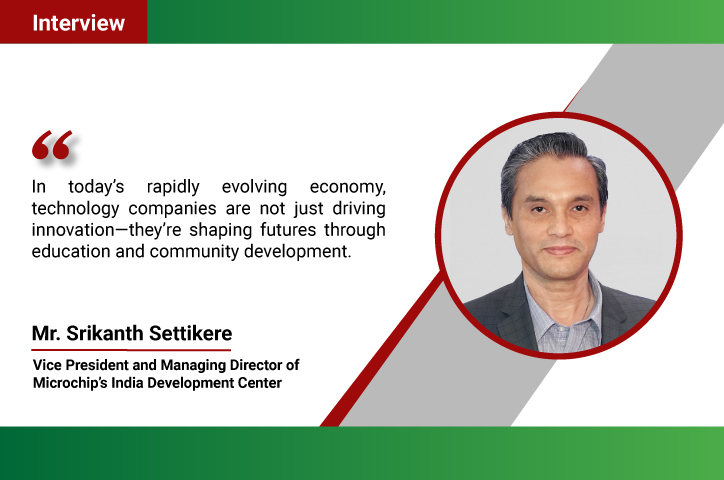
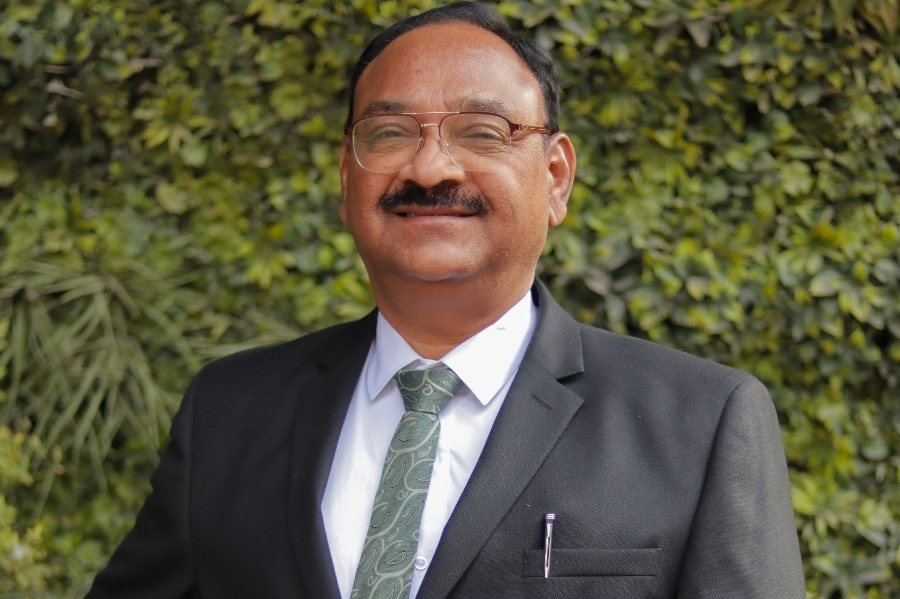
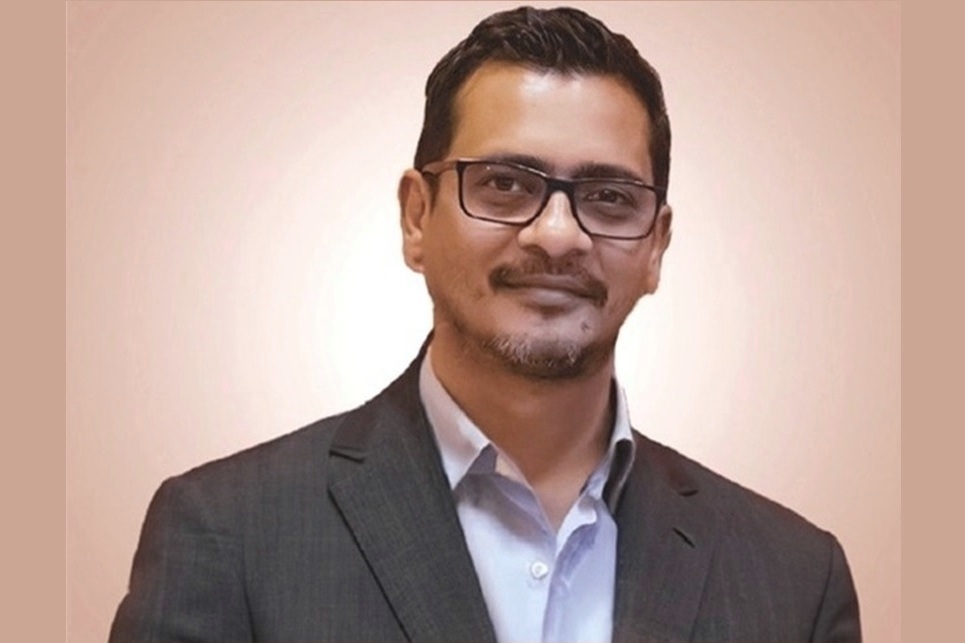

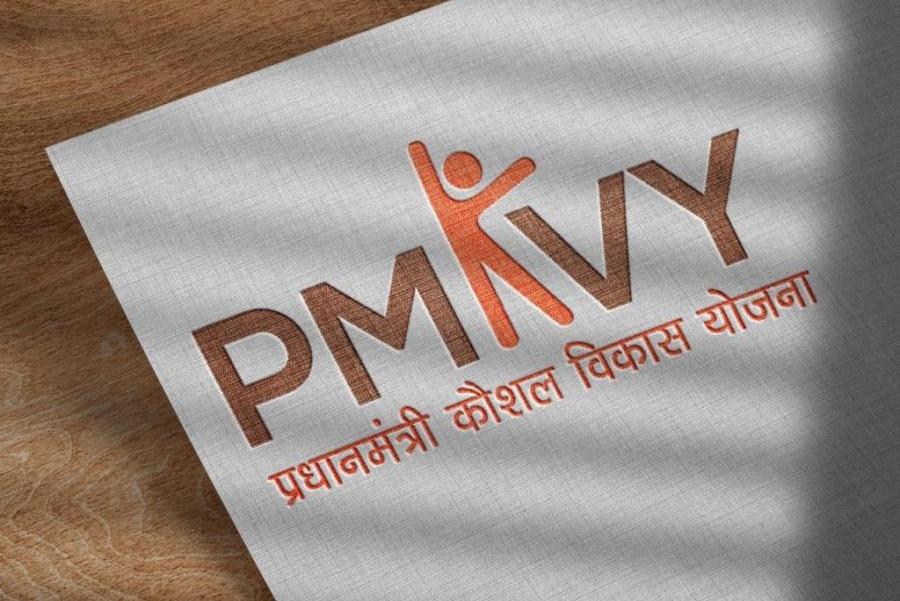
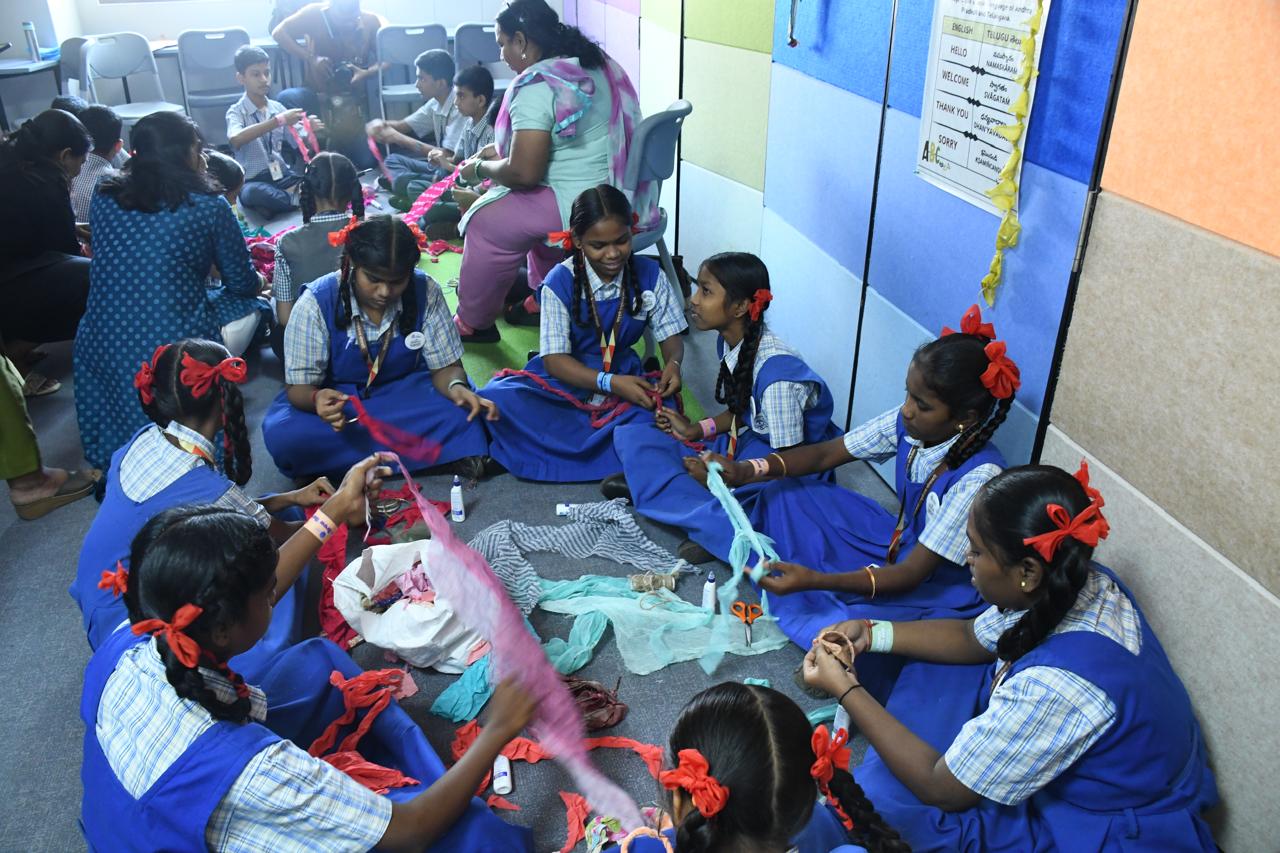
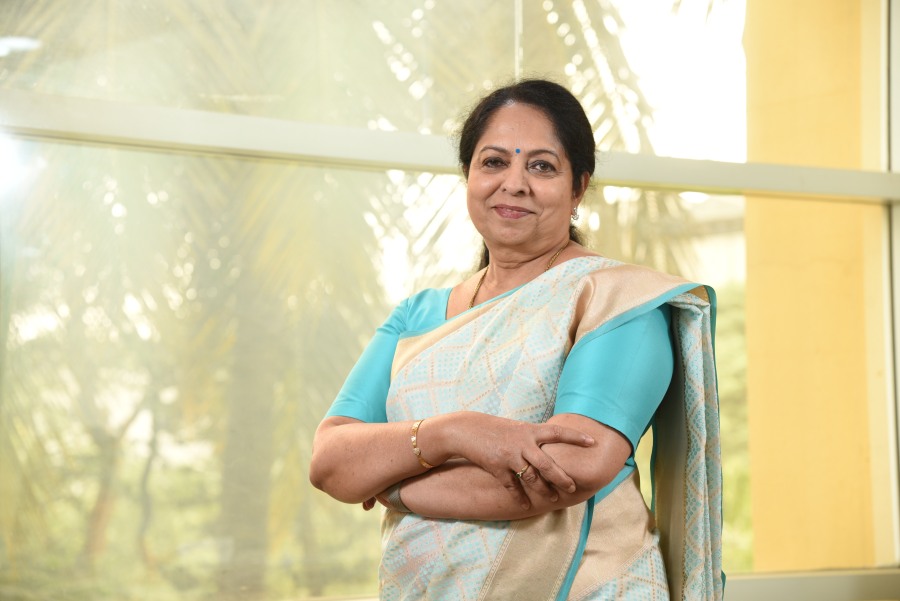
.jpg)
